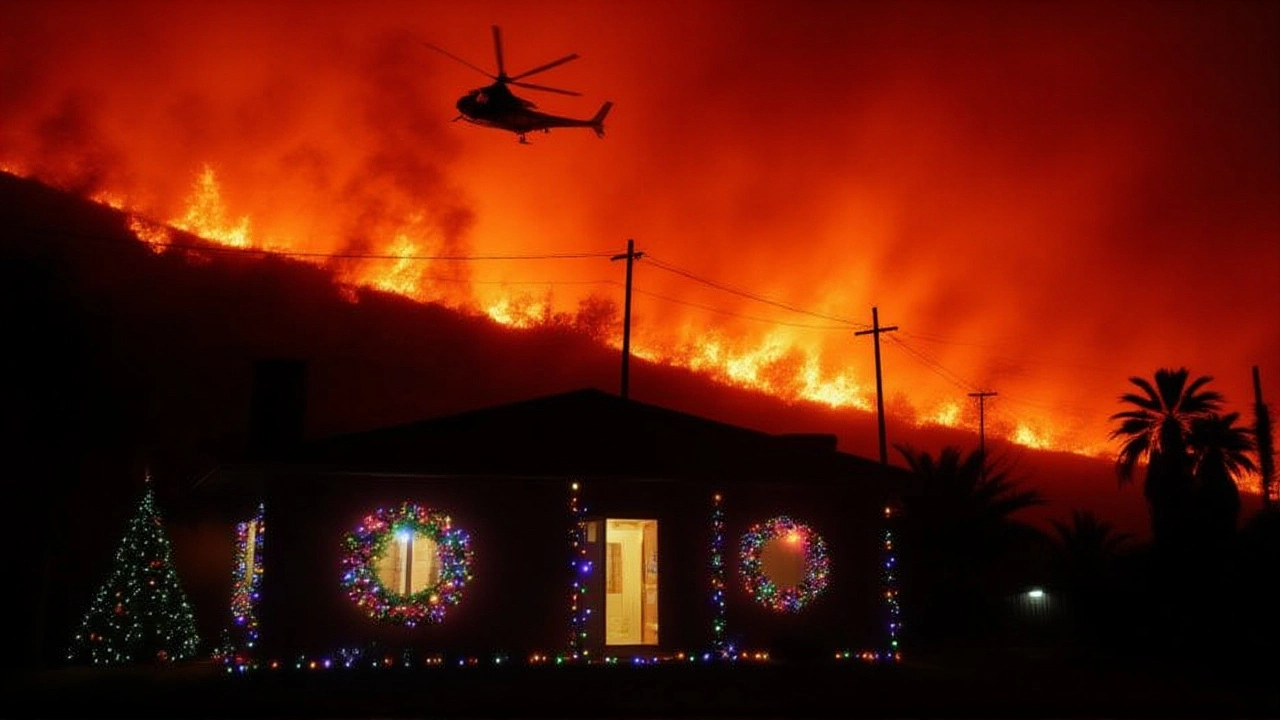Federal agents arrested Florida driver Jonathan Render Neck for allegedly igniting the deadly Palisades Fire in Los Angeles, ending a nine‑month probe and sparking new arson‑law debates.
Arson: Understanding the Crime, Laws, and Prevention
When dealing with Arson, the willful and malicious act of setting fire to property or land. Also known as illegal fire setting, it blends criminal intent with dangerous fire behavior, creating a serious public safety threat that often triggers complex investigations and courtroom battles.
One of the first pieces of the puzzle is Fire Investigation, the systematic process of pinpointing the fire's origin, cause, and any criminal involvement. Investigators use burn patterns, witness statements, and lab analysis to trace the spark back to a suspect. Their work directly connects to Criminal Law, the body of statutes and case law that defines arson as a felony and sets penalties based on intent, damage, and victim impact. When a prosecutor builds a case, they rely on that forensic evidence to prove the mental state required for a conviction. At the same time, many arson incidents hide a financial motive, which brings Insurance Fraud, the deceptive practice of staging fires to collect insurance payouts into focus. Detecting fraud often means matching claim timing, policy details, and suspect behavior against the fire scene data.
Key Elements That Shape an Arson Case
Understanding arson means looking at three overlapping layers. First, the physical act: a source of ignition, fuel, and an accelerant if used. Second, the legal framework: statutes define degrees of arson, from property damage to endangering human life, and prescribe sentencing ranges. Third, the preventive side: Fire Safety, the set of building codes, early‑detection systems, and public education programs designed to stop intentional fires before they start. Together they create a loop: better safety lowers the chance of successful arson, which reduces the load on investigators and courts, which in turn frees resources for community outreach.
These connections form clear semantic triples: Arson encompasses intentional fire setting; Fire Investigation requires forensic analysis; Criminal Law governs penalties for arson; Insurance Fraud can motivate arson; and Fire Safety measures help prevent arson. By seeing how each piece interacts, readers can grasp why a single blaze often sparks a chain reaction through law enforcement, legal proceedings, and policy changes. Below you’ll find a collection of stories and analyses that dive deeper into each of these angles, from courtroom dramas to new fire‑prevention technologies, giving you a well‑rounded view of the issue.


